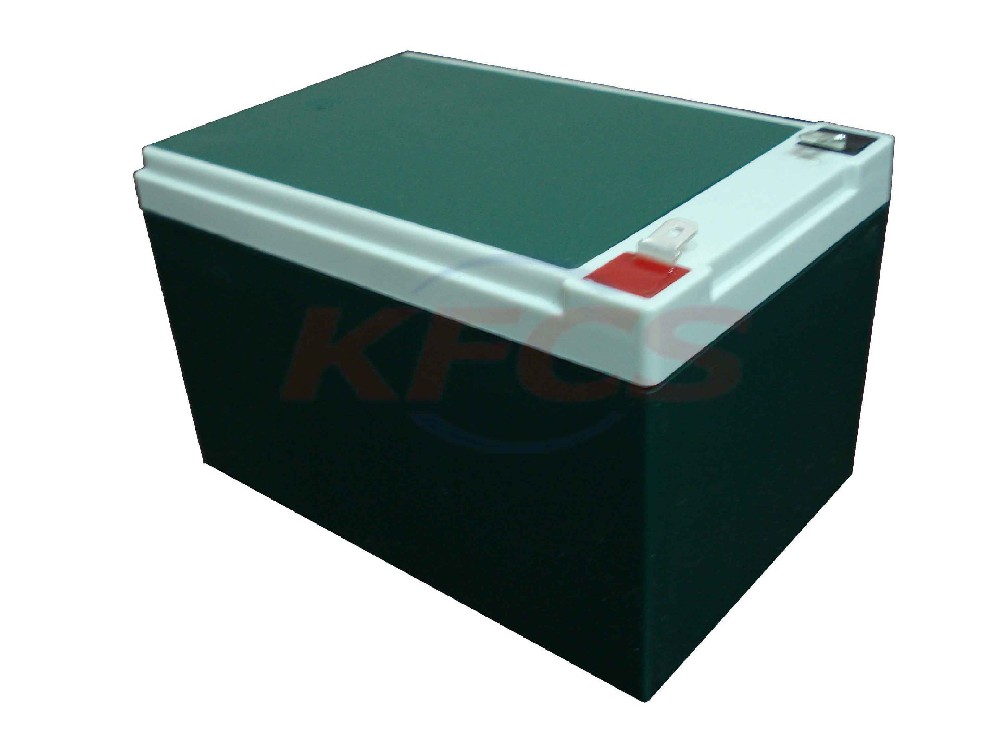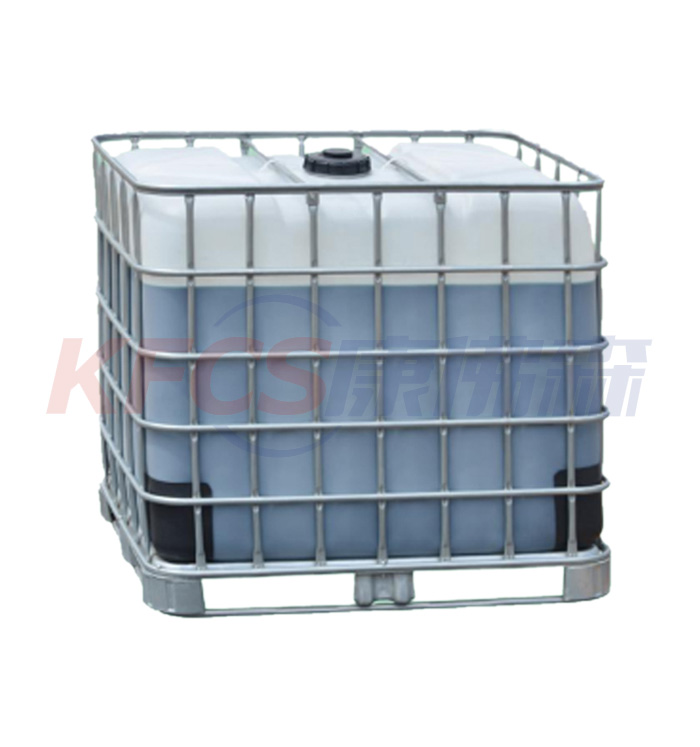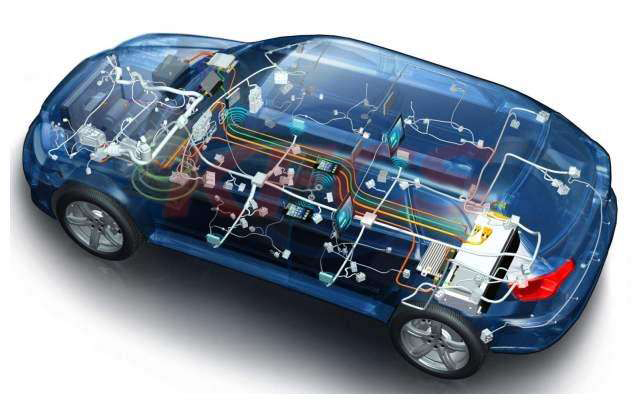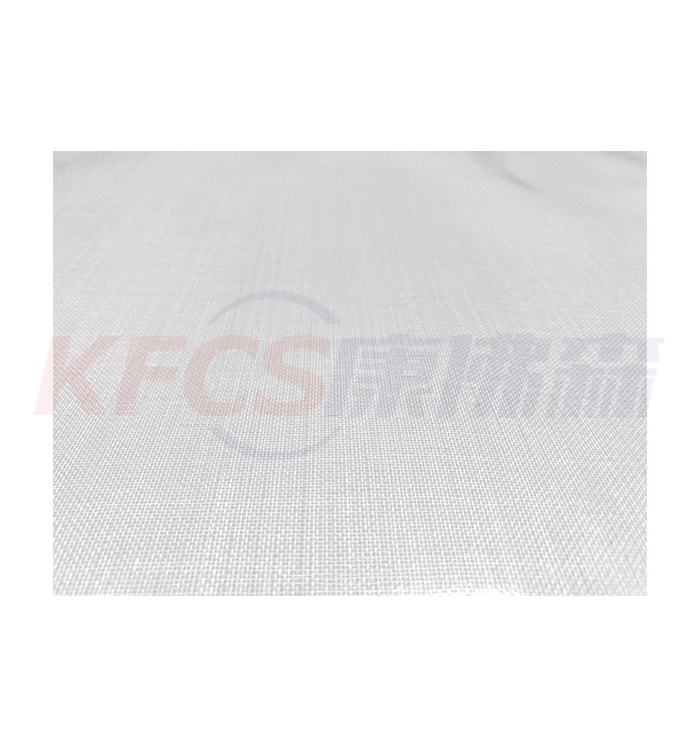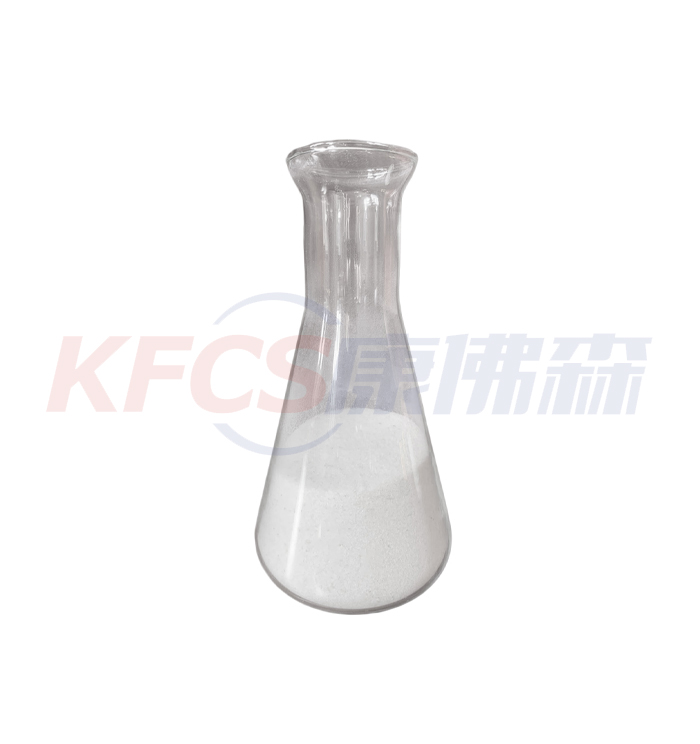Components of vanadium battery system
2022-04-19
Vanadium battery system is mainly divided into three parts: stack, electrolyte and control system. The development difficulty is stack and electrolyte technology.
1. Control system
The control system mainly includes charge discharge control system and pump circulation system. The charging control system is mainly composed of DC conversion module and current sharing control circuit to convert the electric energy generated by solar photovoltaic power generation system into chemical energy of vanadium battery system. The discharge control system converts the direct current output by the vanadium battery into 220V / 50Hz alternating current through the inverter for use by the power system.
2. Stack technology
Stack has a great impact on the cost, power, cycle life, efficiency and maintenance of energy storage system. Stack is the place to provide electrochemical reaction, the place to realize the mutual conversion of electric energy and chemical energy in the energy storage system, and the core part of vanadium battery system. The research and development of chimney mainly focuses on key technologies such as seal design, flow field design, fluid collector research, diaphragm research and chimney integration.
At present, the current collector generally adopts graphite plate, which has the advantages of good conductivity and large charge discharge current. However, the graphite plate is easy to be corroded, especially in the case of overcharge, the graphite plate is easy to be electrochemically corroded, and the positive surface of the graphite plate is corroded to form pits. In severe cases, it will be penetrated by electrochemical corrosion, resulting in electrolyte string at the positive and negative poles of vanadium battery, which will seriously affect the service life of vanadium battery. At the same time, graphite plate is expensive and brittle. These shortcomings seriously affect the application of graphite plate in vanadium battery. Using conductive plastic instead of graphite collector in vanadium battery has become a research hotspot. Although the conductivity of conductive plastic plate is not as good as graphite plate, it has the characteristics of low density, easy processing and molding, low cost and suitable for large-scale continuous production. Therefore, conductive plastic collector is the focus of future research and development.
Nafionl: 17 is generally selected as the diaphragm of vanadium battery. It has the characteristics of low resistance and can not pass through vanadium ions. It has good ionic conductivity and chemical stability and certain mechanical strength. However, some of them are permeable and expensive. The cost of diaphragm accounts for 60% - 70% of the whole stack. Therefore, the localization of diaphragm and the modification of other diaphragms are the development direction and focus of vanadium battery diaphragm.
3. Electrolyte Technology
The content of different impurity elements in the electrolyte has an effect on the long-term stability and charge discharge efficiency of the electrolyte. For example, some impurity ions will cause the electrolyte to be sensitive to temperature, produce precipitation, block the chimney pipe, etc. Therefore, it is very important to determine the purity of electrolyte and control the content of key impurities. In addition, an appropriate amount of stabilizer needs to be added to the electrolyte to improve the long-term stability and temperature adaptability of the electrolyte.
About News
- Skon, a Korean power battery manufacturer, will build a lithium battery recycling plant this year
- The principle of vanadium battery
- Classification of vanadium batteries
- Vanadium could be the next strategic resource
- China will become one of the largest markets in the battery recycling industry
- Lithium battery recycling process and its application
- Vanadium battery energy storage system (4MW class)
- Lithium battery market recycling
- Vanadium battery market and application
- Redox flow battery (RFB) is a rechargeable electrochemical device
Products




